The weather forecast called for yet another hot day, so we went out for an early walk before immersing ourselves in museums. We crossed the Rhine on the Mittlere Brücke and walked along the north side of the river.

There was another tactile model for the blind (and sighted), this one of Basel south of the Rhine, with the real thing behind it.
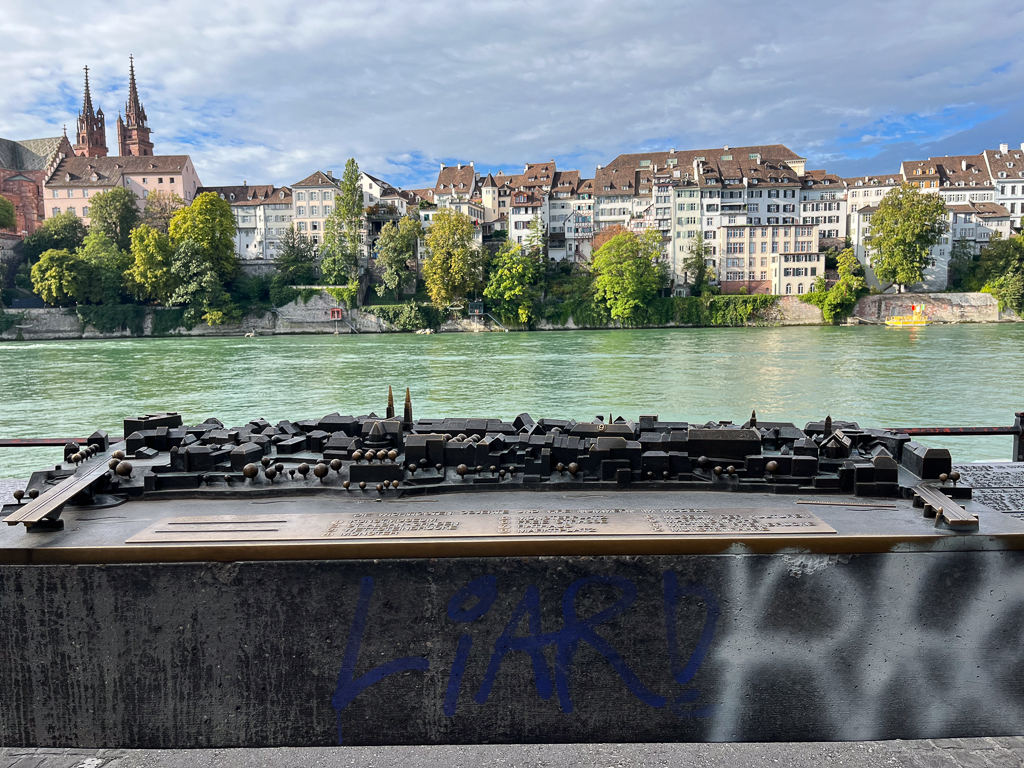
We saw another basilisk fountain – only 26 to go!
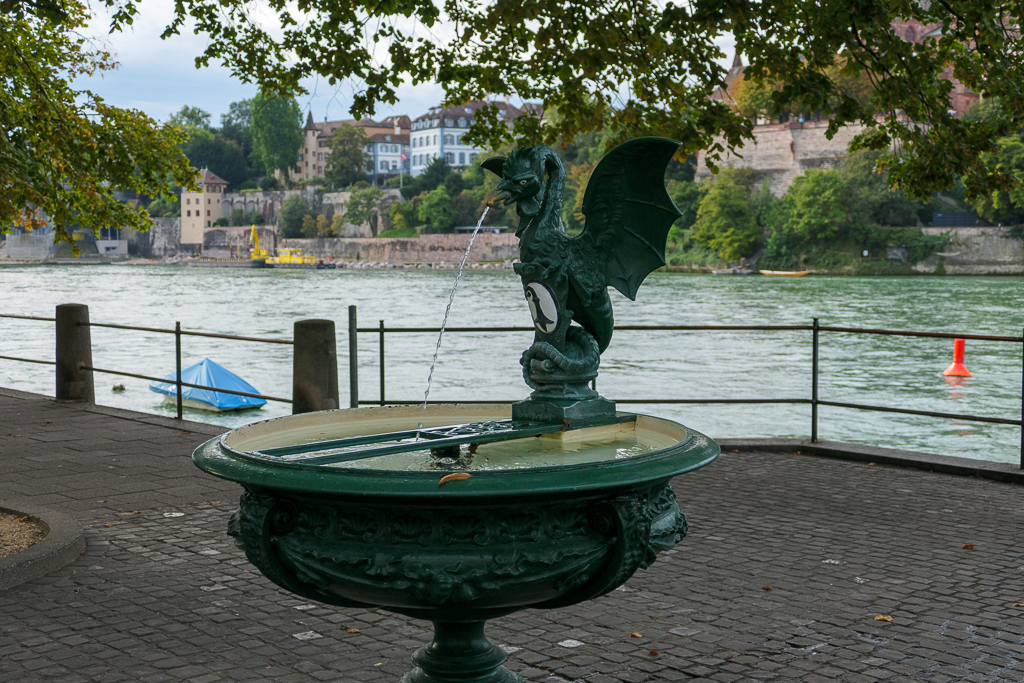
We crossed the Rhine again on Wettsteinbrücke which led us directly to the first museum we planned to visit, the Kunstmuseum Basel.

Our friends Brenda and Bob had already visited the museum and highly recommended the special exhibition Matisse, Derain, and Friends, which was in the “Neubau” (the new building). We’d entered in the old building (the “Hauptbau”), so we had to take the tunnel between the buildings.
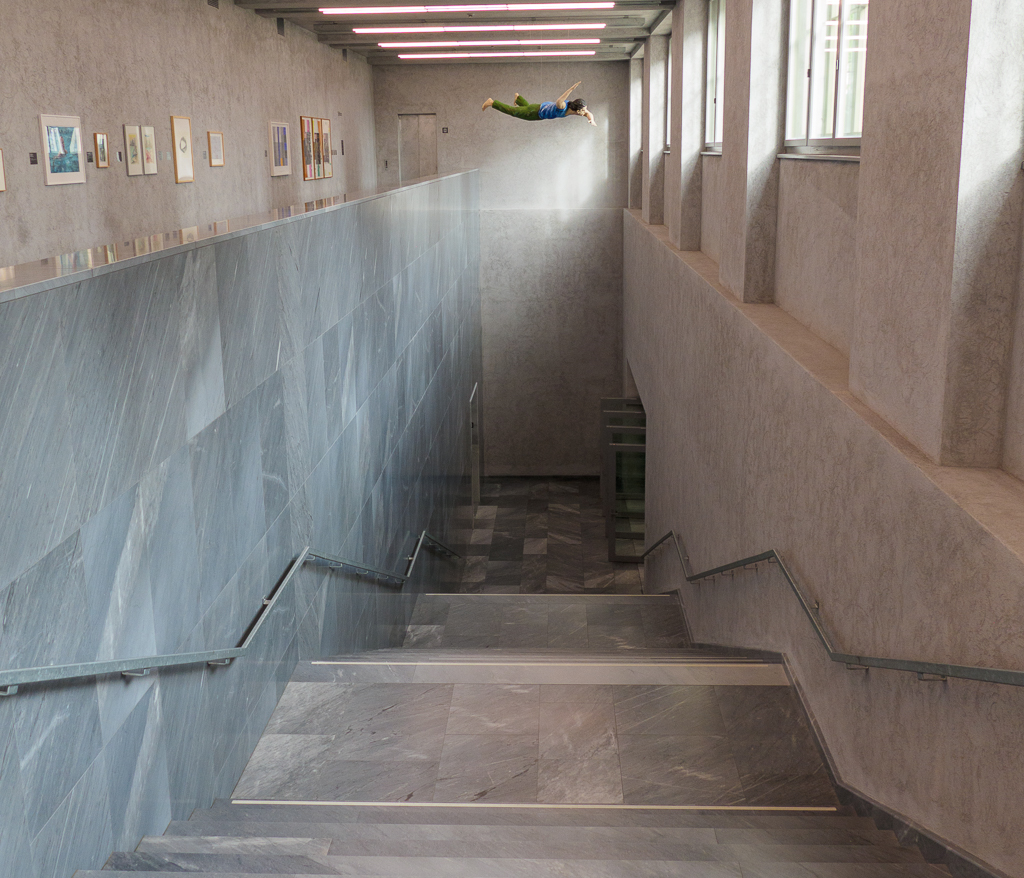
The special exhibit was great – 9 rooms of mostly Fauvist paintings, taking up the entire second floor of the Neubau. There wasn’t a lot of commentary on the paintings (we chose not to get the audioguide), so they had to speak for themselves.
These two paintings were probably my favorites; I like the way they reference one another. There were actually four related paintings; maybe I’ll see the others some day.
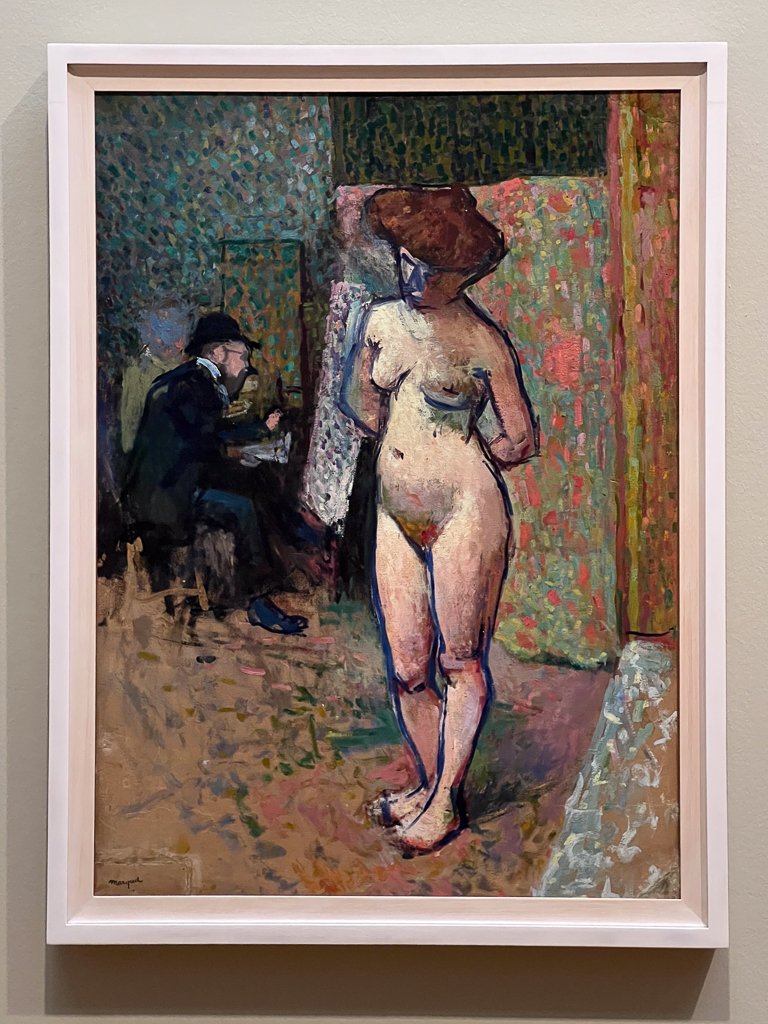
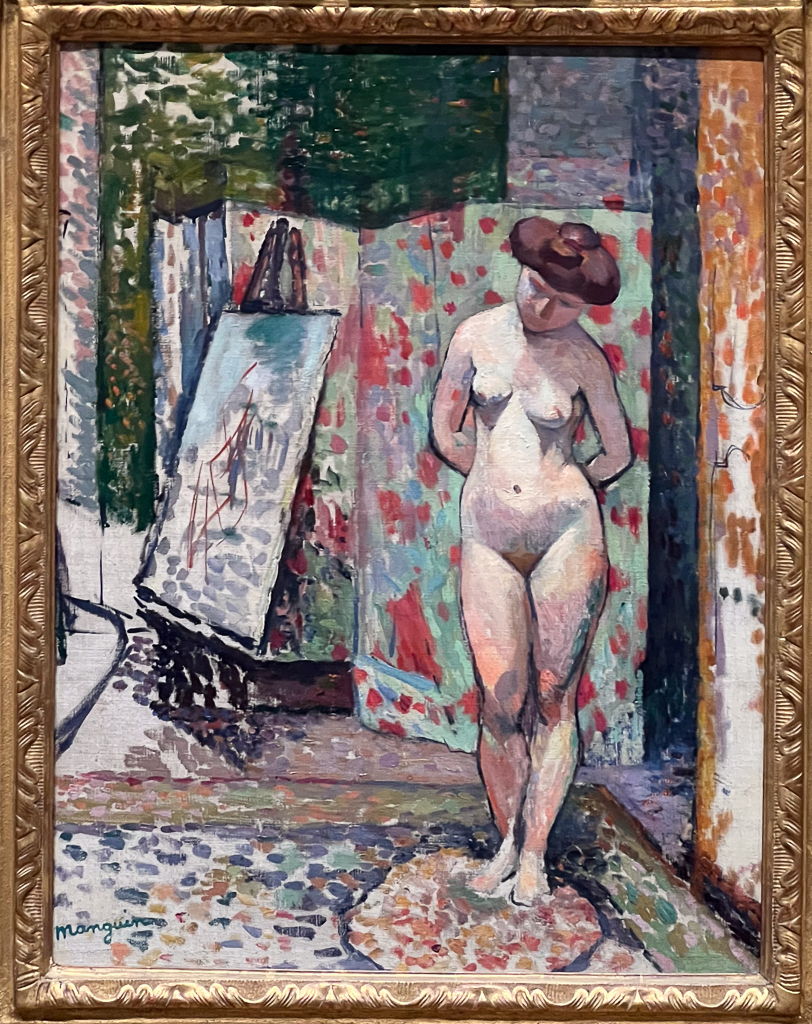
I could fill today’s blog entry with photos of paintings (the public domain is a wonderful thing), but I’ll only add one more from this exhibition, André Derain’s “Boats in Colloure” from 1905.
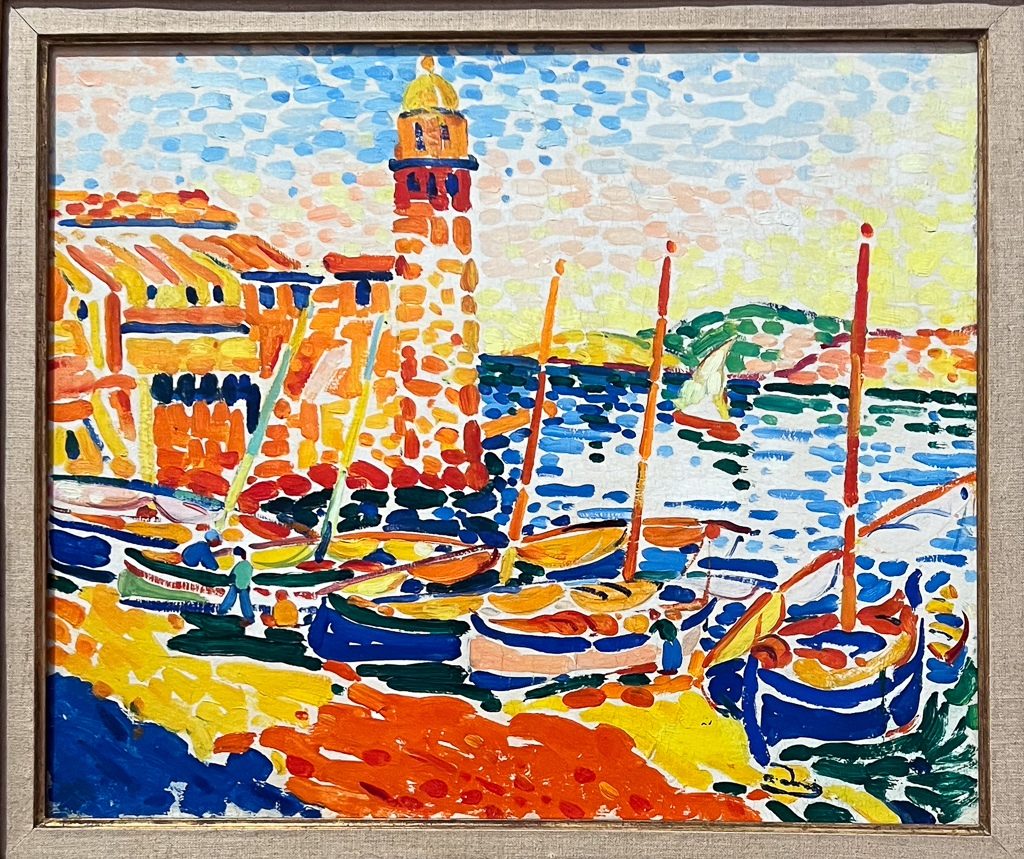
If this show had been at the Legion of Honor or the deYoung in San Francisco, it would have been a madhouse; here, the rooms were blissfully uncrowded.
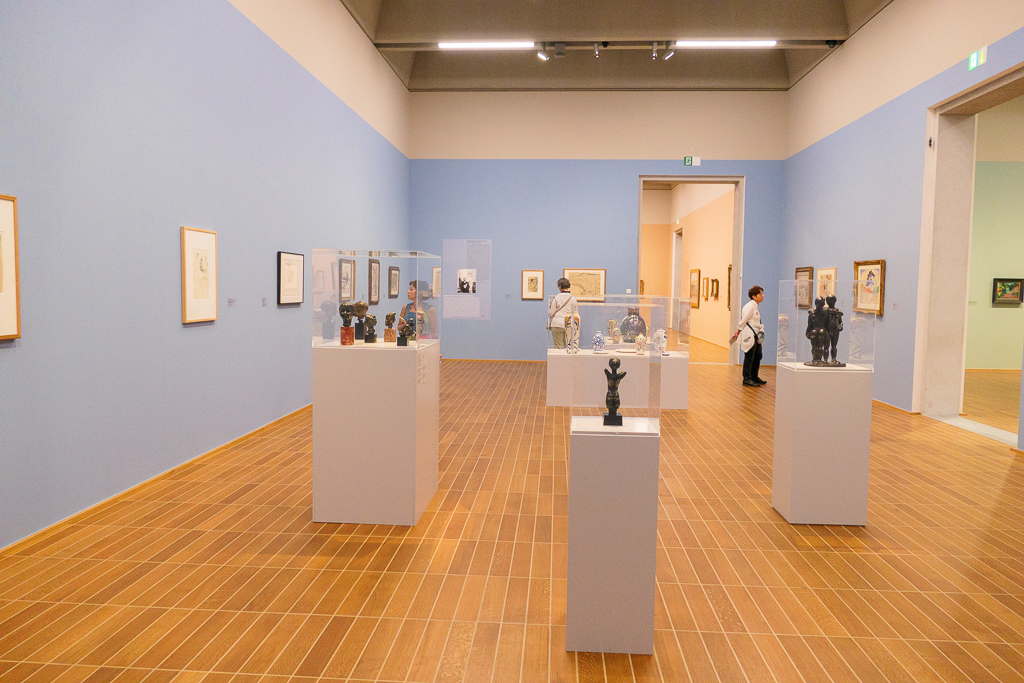
The rest of the Neubau contained art after 1950; we spent a while in a room titled “Monotony is Nice” dealing with “Minimal Art”. One of the objects in this photo is art; the other is furniture. Which is which?
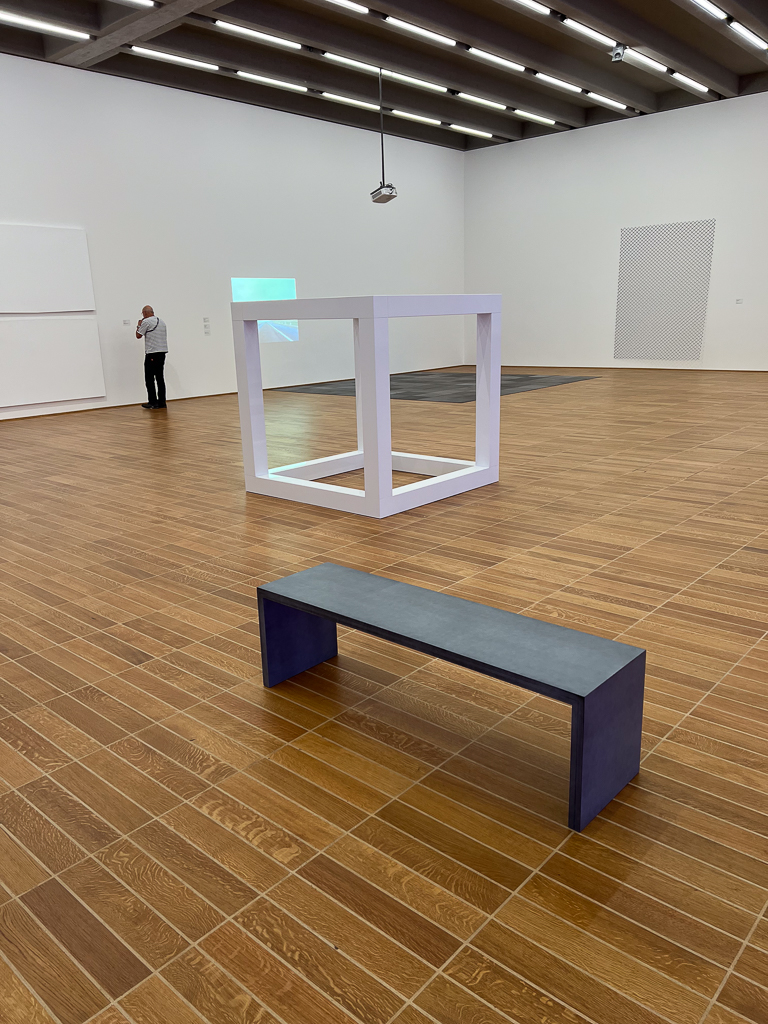
One piece even invites visitors to step on it!

We enjoyed the exhibit and it left us smiling!
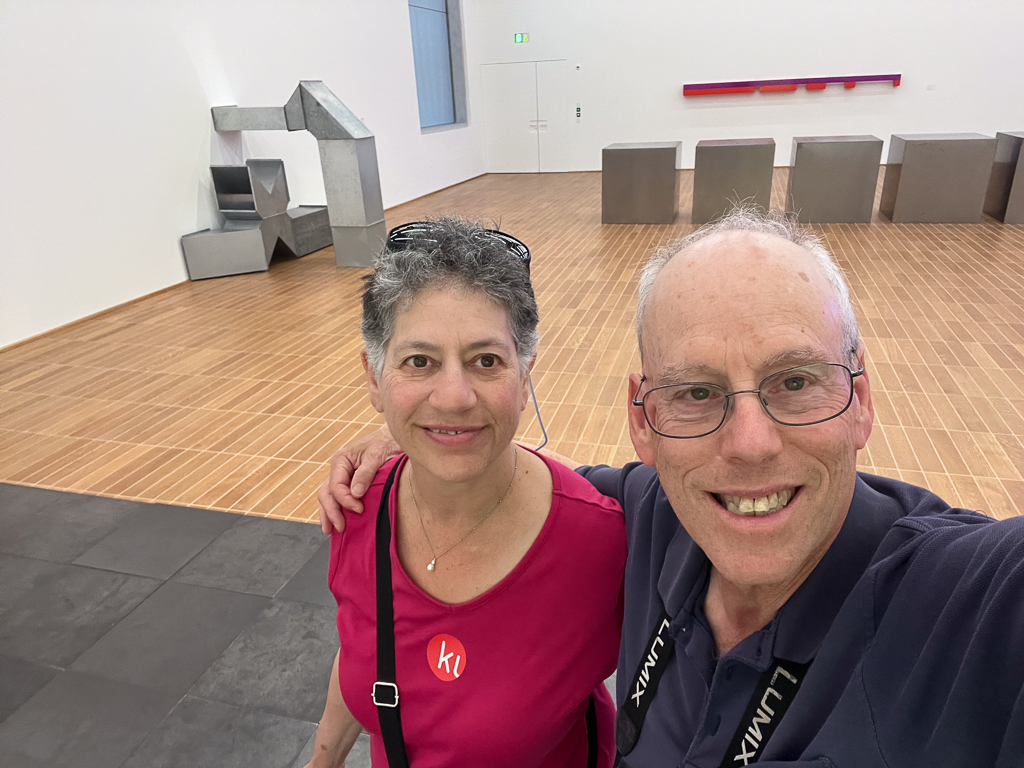
I wanted to explore the rest of the museum, so we braved the tunnel again and began working our way through the older part of the collection (starting with 15th Century works). We were running out of energy when we reached this still life and took it as a hint to do something else!

We had a pleasant lunch at the museum’s bistro and walked back to the hotel for a brief break (and to feed our phones), then we headed out again, this time to the Basel Papiermühle, devoted to the history of paper, printing, and books. The museum actually still makes paper and prints books and sells them; it’s also interactive, so Diane and I got to make actual sheets of paper from rag water.
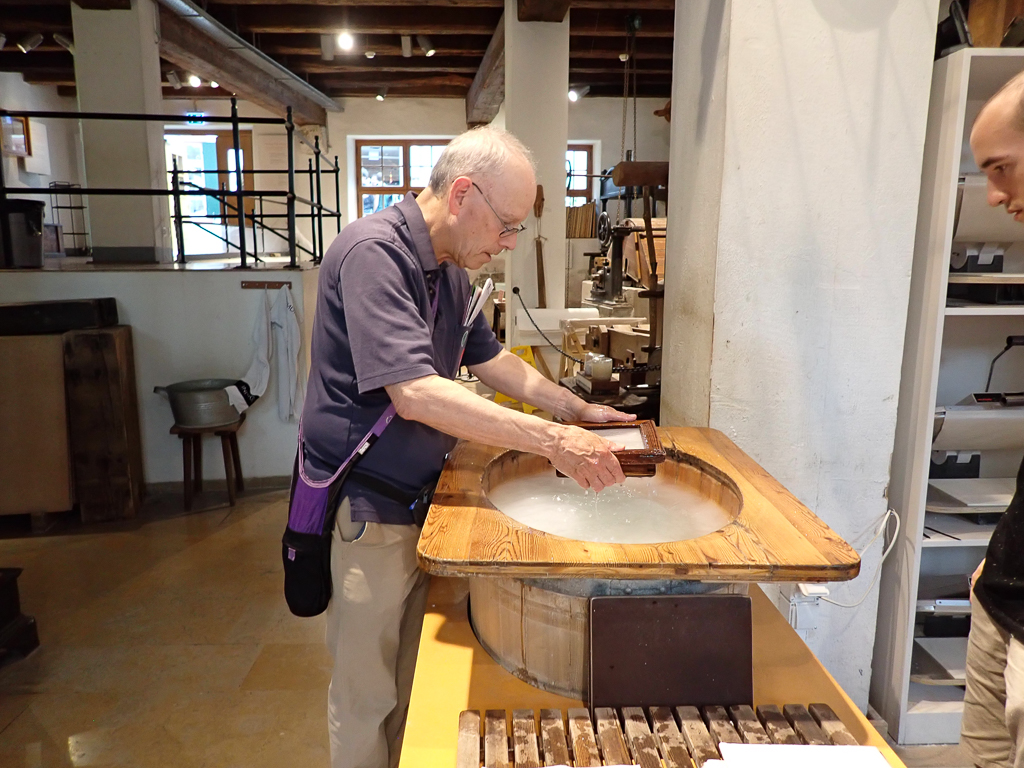

They had exhibits about the production and use of all kinds of paper, including toilet paper (on the wall across from the toilets, of course!).

Did you know that Germans typically fold their TP to use it, in contrast to Americans who usually crumple it?
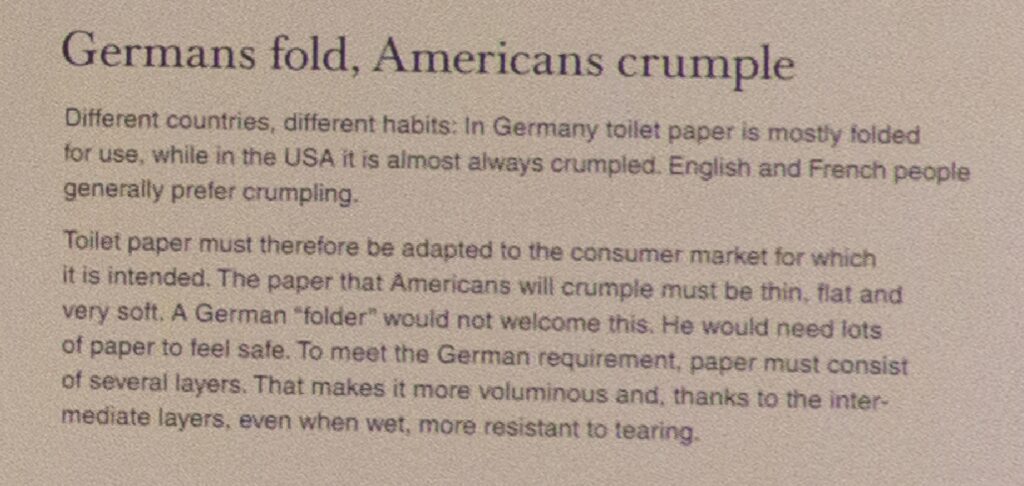
The next floor up was devoted to writing and its development, including samples of writing from the 8th-15th Century, as well as this Megillah.
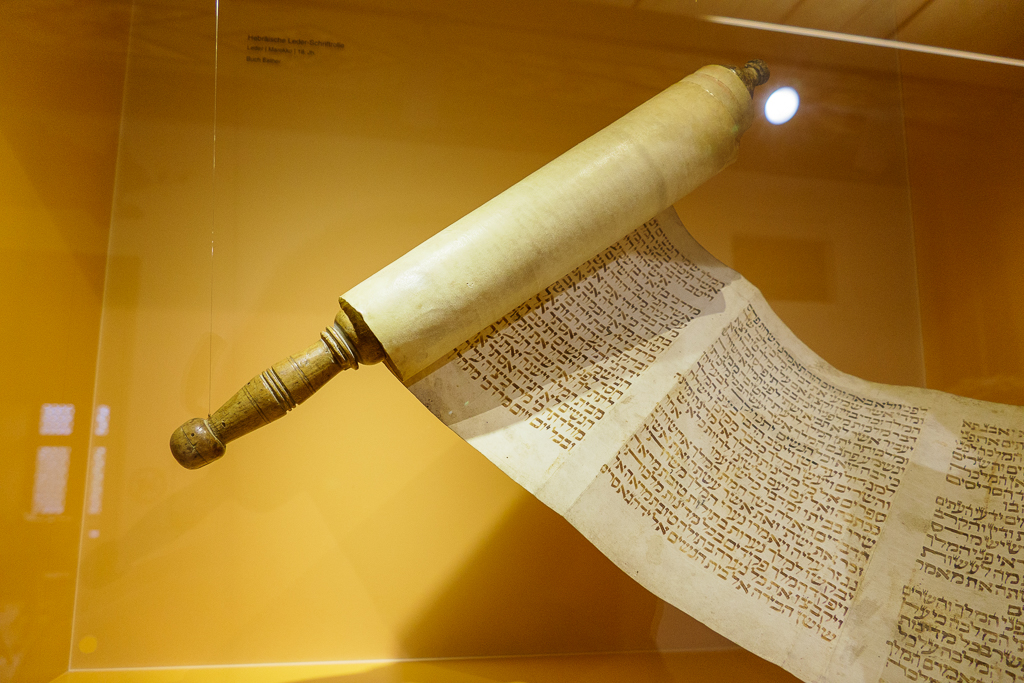
The interactive activity here let you write with a quill pen – Diane wrote a birthday card. She said it was hard to avoid creating blobs of ink!
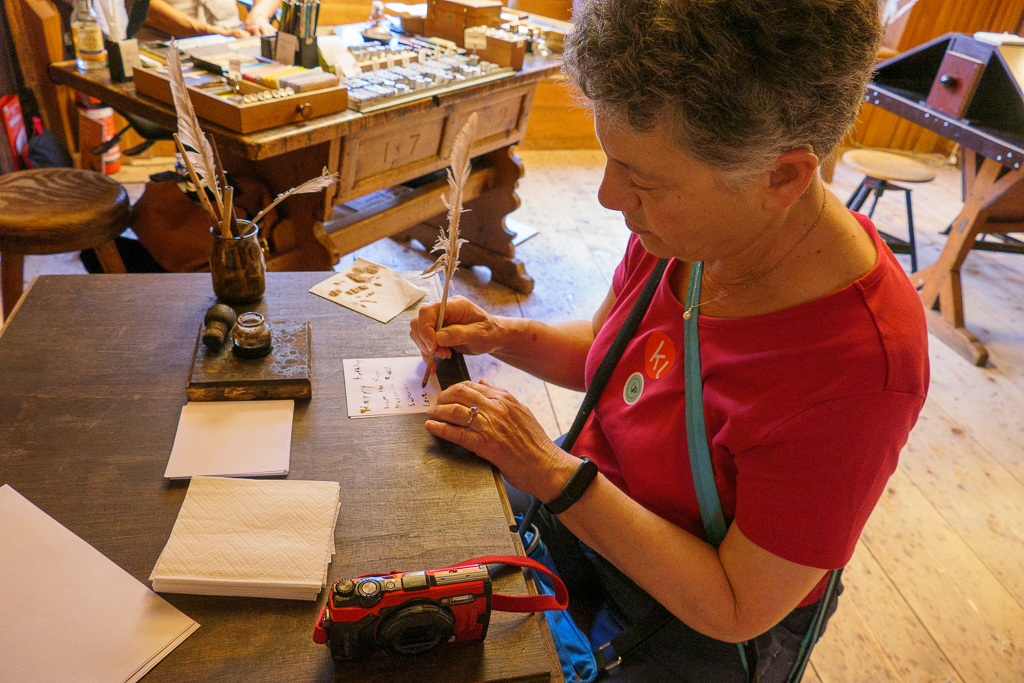
The next floor dealt with printing and type; they had a full composing and typesetting room, as well as some smaller artifacts.
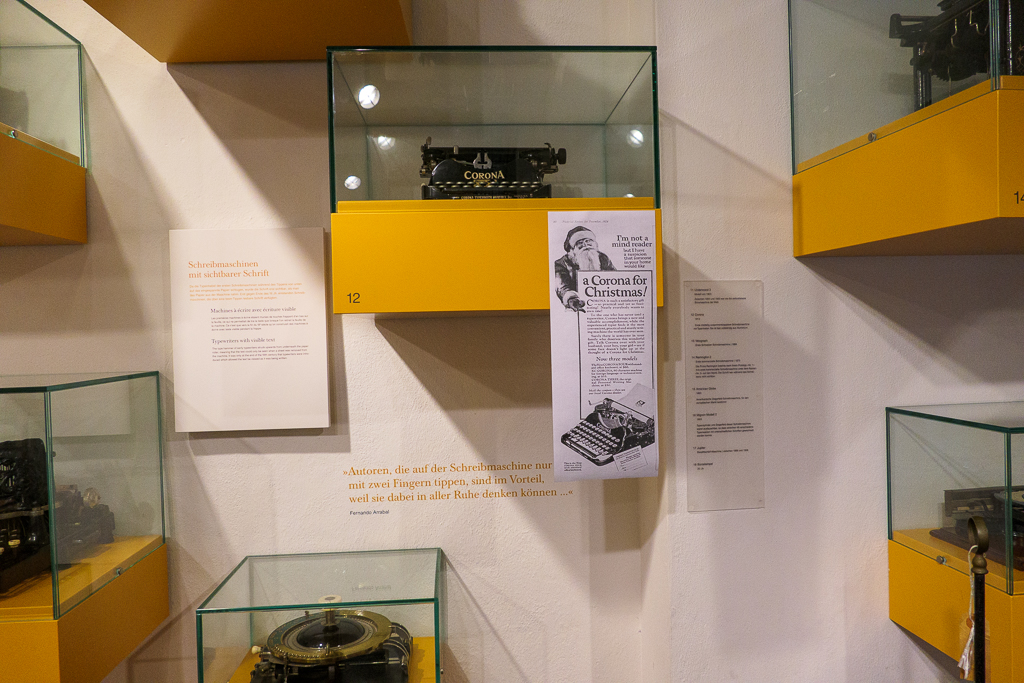
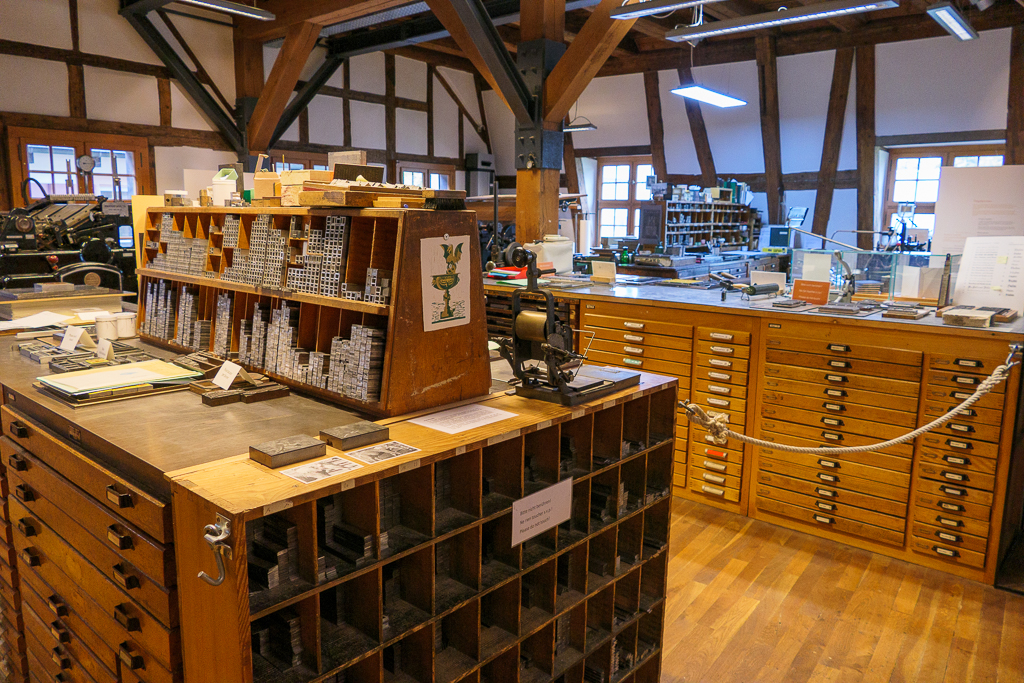
We had the chance to print our own postcard messages using relief printing – they didn’t let us do the inking, of course!

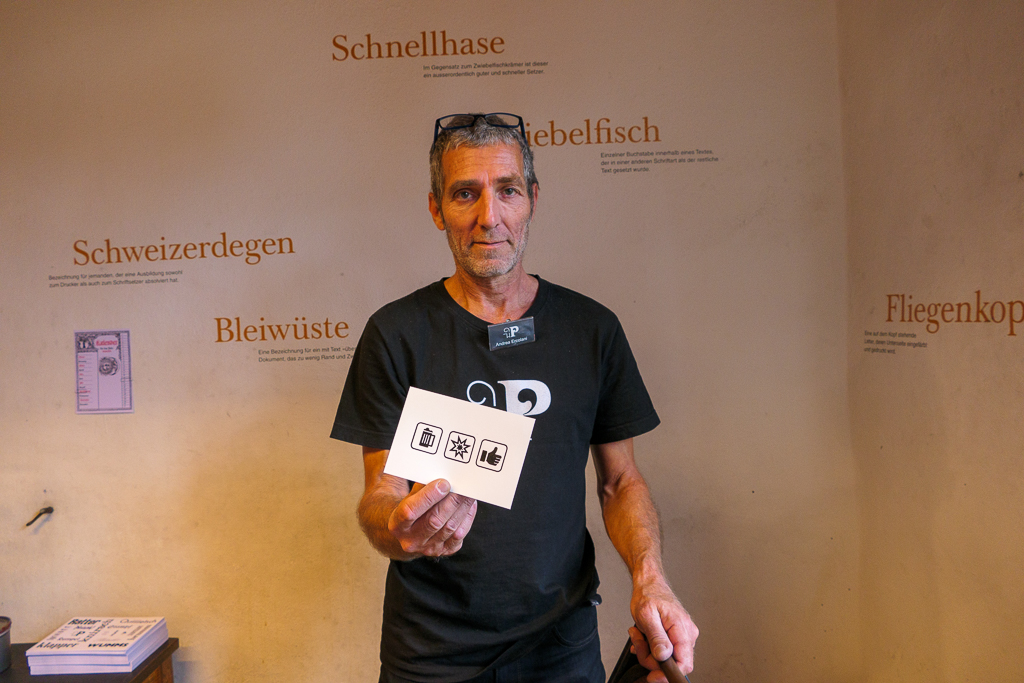
The final floor of the museum was devoted to bookbinding; we didn’t have much time to spend there, so I don’t know if there was an interactive element.
Basel has far too many museums to see in the time we had – perhaps we’ll return!